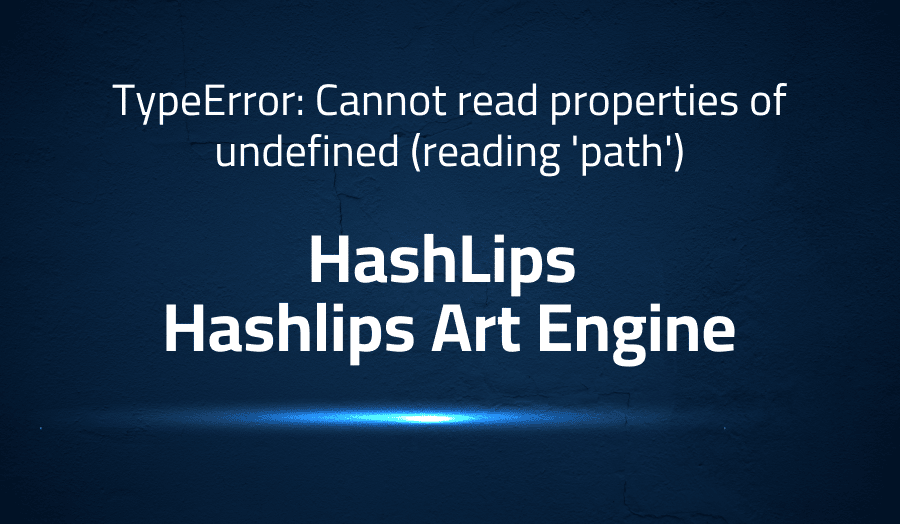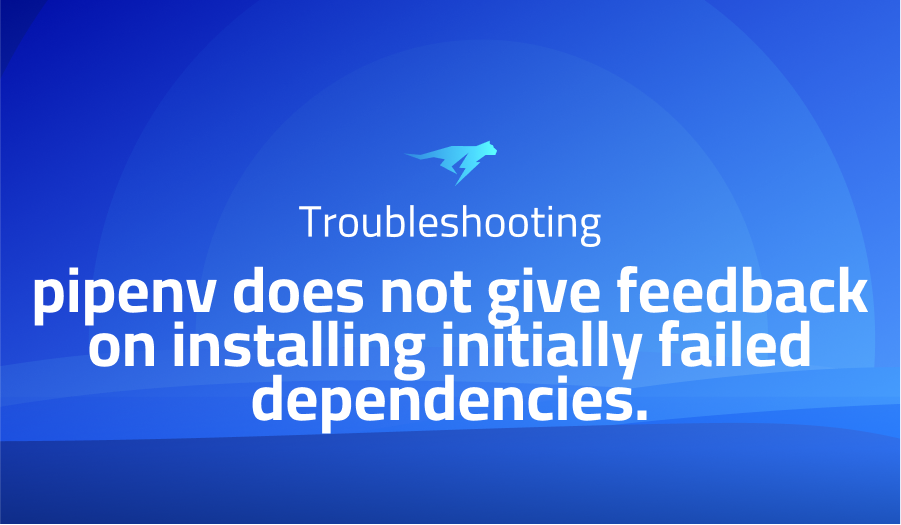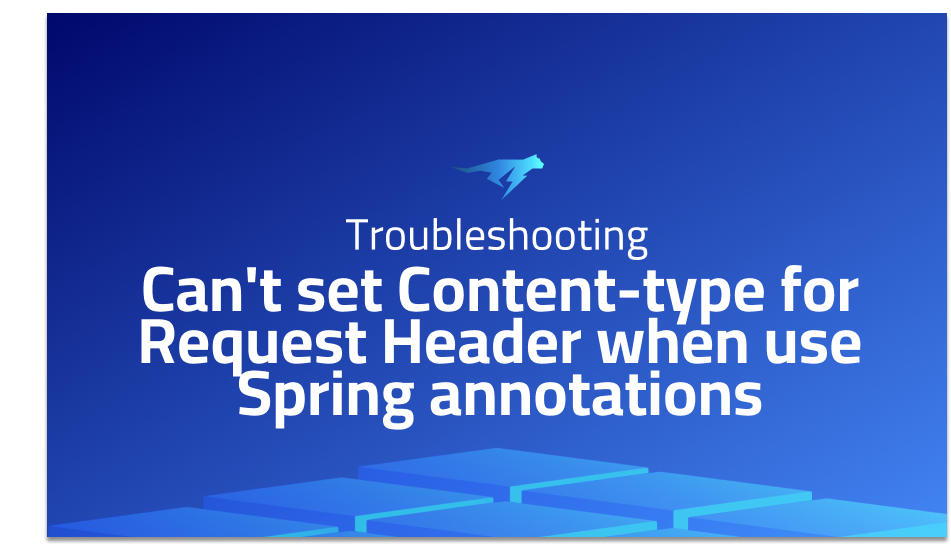

TypeError: Cannot read properties of undefined (reading ‘path’) in HashLips Hashlips Art Engine
Explanation of the problem
The system is encountering an issue when attempting to generate images with the command “node index.js”. The error message “TypeError: Cannot read properties of undefined (reading ‘path’)” is being thrown at line 181 of the file “main.js”. This error occurs after a few images are created successfully with a DNA.
The error is being thrown at the line const image = await loadImage(${_layer.selectedElement.path}); and is propagating to related functions such as loadLayerImg, startCreating, and Module._compile. The error suggests that the path property of the selectedElement object is undefined, causing issues with the loadImage function.
It is important to isolate and troubleshoot the root cause of this error in order to successfully generate all desired images. Further investigation and debugging may be necessary to determine the source of the undefined path property.
Troubleshooting with the Lightrun Developer Observability Platform
Getting a sense of what’s actually happening inside a live application is a frustrating experience, one that relies mostly on querying and observing whatever logs were written during development.
Lightrun is a Developer Observability Platform, allowing developers to add telemetry to live applications in real-time, on-demand, and right from the IDE.
- Instantly add logs to, set metrics in, and take snapshots of live applications
- Insights delivered straight to your IDE or CLI
- Works where you do: dev, QA, staging, CI/CD, and production
Start for free today
Problem solution for TypeError: Cannot read properties of undefined (reading ‘path’) in HashLips Hashlips Art Engine
The issue seems to be related to the variable _layer.selectedElement.path in the code located at C:\Users\Patch\OneDrive\Desktop\doggo\NFT GENERATOR\src\main.js:181 which is being passed as an argument to loadImage function. When the code is executed, it throws a TypeError stating that path property is undefined.
This error occurs because _layer.selectedElement is undefined and its path property is being read which results in the error. To resolve this issue, it is important to make sure that _layer.selectedElement is defined and its path property is properly set before trying to access it. One possible solution is to add a null check or conditional statement before accessing the path property to ensure that it is defined and not undefined.
Other popular problems with HashLips Hashlips Art Engine
Problem: Performance issues
HashLips Art Engine has been reported to have performance issues, particularly with larger canvas sizes and complex drawings. This results in slow render times, making it difficult for artists to work efficiently.
Solution:
One potential solution to this problem is to optimize the software’s algorithms for handling large amounts of data. Another option is to implement hardware acceleration, taking advantage of the graphics processing unit (GPU) to speed up rendering times. Upgrading the computer’s hardware may also help to alleviate performance issues.
Problem: Limited toolset
HashLips Art Engine has a limited set of tools compared to other digital art software, making it difficult for artists to fully express their creativity. This can lead to frustration and decreased productivity.
Solution:
One solution to this issue is to expand the software’s toolset, adding new brushes, shapes, and effects to help artists create a wider range of designs. Another option is to allow for third-party plugins and add-ons, enabling users to customize the software to their needs. Community feedback can also help guide the development of new features.
Problem: Stabililty issues
HashLips Art Engine has been reported to have stability issues, with some users experiencing crashes or freezes while using the software. This can lead to loss of work and frustration.
Solution:
To address stability issues, the software developers can perform extensive testing and debugging to identify and resolve any underlying problems. Regular software updates can also help to improve stability, as well as ensuring that the software is compatible with the latest hardware and operating systems. Providing detailed error reporting and troubleshooting guides can also help users resolve issues on their own.
A brief introduction to HashLips Hashlips Art Engine
HashLips Hashlips Art Engine is a digital art software designed for creating digital illustrations and paintings. It features a user-friendly interface and a range of tools for artists to create and edit their work, including brushes, shapes, and effects. The software utilizes a raster-based image editing system, allowing for the creation of detailed and vibrant images with a high level of control over each individual pixel.
Under the hood, HashLips Art Engine uses advanced algorithms and data structures to efficiently manage and manipulate large amounts of image data. It supports a wide range of file formats, including PNG, JPG, and BMP, and allows for seamless integration with other digital art tools and platforms. The software also implements advanced rendering techniques to provide smooth and accurate representations of brush strokes, gradients, and other elements, making it an ideal tool for professional artists and designers.
Most popular use cases for HashLips Hashlips Art Engine
- Digital Illustration and Painting: HashLips Art Engine provides a comprehensive set of tools and features for artists to create digital paintings and illustrations. From traditional brush strokes to more advanced techniques like layer masks and blending modes, the software offers a flexible and versatile platform for artistic expression.
- Graphic Design: The software’s support for a wide range of file formats, including PNG, JPG, and BMP, makes it well-suited for graphic design projects. HashLips Art Engine’s support for vector graphics and the ability to import and export SVG files allows for the creation of scalable graphics for use in a variety of contexts, from website logos to app icons.
- Programmatic Image Generation: In addition to traditional image editing and manipulation, HashLips Art Engine also supports programmatic image generation through its scripting API. For example, a code block in Python could be used to generate a series of images based on a set of parameters, such as size, color, and shape. This opens up a range of possibilities for automated image generation and processing, making it an ideal tool for data visualization and computational art.
It’s Really not that Complicated.
You can actually understand what’s going on inside your live applications.




